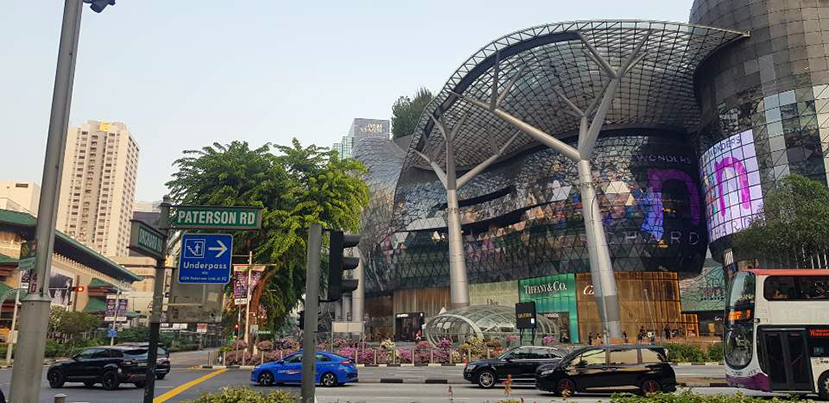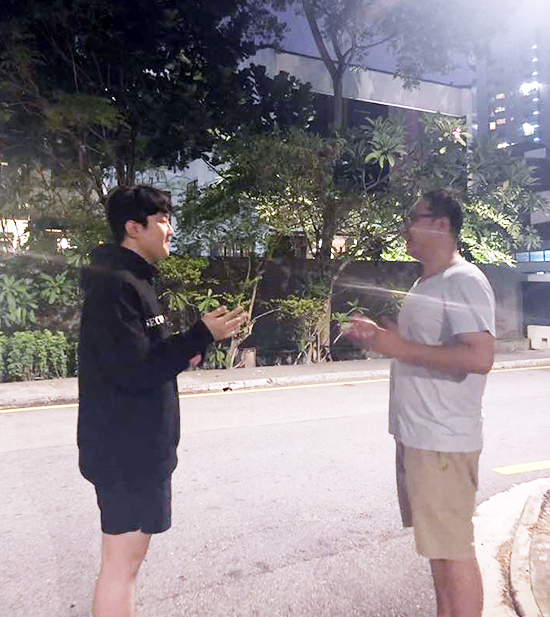
Renowned for its large collection of luxury retail stores and flashy skyscrapers, Orchard Road is a swanky, one-way boulevard with iconic shopping malls, fancy restaurants and palatial hotels spanning almost 2.2 kilometers across Singapore's Central South region. Since the 1950s, Orchard Road has been recognized by locals and tourists as the commercial and business heart of Singapore, which is also known as Central Business District (CBD).
In recent years, however, Orchard Road has faced tough competition against international shopping hubs like Hong Kong, Shanghai and Tokyo, and has failed to attract the local population from filling its vast shopping malls. Local governments attempted to turn things around by implementing pedestrian-friendly policies, such as car-free weekends and cash grants for constructing underground corridors between the shopping malls, but failed to bear fruit. “Orchard Road has become a very boring and unpopular leisure spot among local Singaporeans, because all the shopping malls sell the same products – fancy clothes, bags, watches, and jewelry which are all luxury products that we don’t buy that often – and there is really nothing else you can do besides shopping,” said Chuan Ji Stefano Tan.“Retail stores need to adapt to changing trends and tastes, and more needs to be done on the part of the local government to make Orchard Road more than just a shopping destination,” Tan added.
According to a January article from Channel News Asia (https://www.channelnewsasia.com/news/singapore/more-greenery-street-activities-to-make- orchard-road-a-lifestyle-11185058), Singapore’s Urban Redevelopment Authority, Singapore Tourism Board and National Parks Board announced in January this year that new plans for Orchard Road will aim to transform Singapore’s main shopping belt into a “must-visit” lifestyle destination. I visited a real estate agency near Orchard Road to find out more about the government’s ambitious redevelopment plan. Real estate agent Jia Yong explained that Orchard Road will be split up into four different sub-precincts - Orchard, Tanglin, Somerset and Dhoby Ghaut – and each sub-precinct will develop its own distinctive identity to offer a different shopping experience. “That way, each sub-precinct will be able to better concentrate its efforts on meeting the special demands of local visitors and tourists. Tanglin, for example, could offer more arts, cultural and lifestyle opportunities and experiences to underline its powerful arts and crafts flavouring identity.”

Furthermore, the government plans to create more event spaces where public performances and private events can be held. This will be made possible by adding more greenery along the road to create a green urban corridor, featuring curated displays of trees and shrubs. Nearby Istana Park will also be rejuvenated into several themed parks that showcase Singapore’s botanical practices and traditions.
Lastly, connectivity will be enhanced by constructing above-ground bridges between Orchard Road and Paterson Road. They will complement the underground tunnels currently connecting Ion Orchard, Wheelock Place and Shaw House.
Jia Yong further added that with these new plans, he expects Orchard Road to become a place where people can not only shop for a few hours and leave with hands full of shopping bags, but also spend more time interacting with others and benefit from the rich and diverse experiences Singapore has to offer. But the most important part of the rejuvenation plan is for the government to listen to the public’s feedback and do their best to meet their demands.

Chung Hyun Kim
Grade 12
ISS International School

